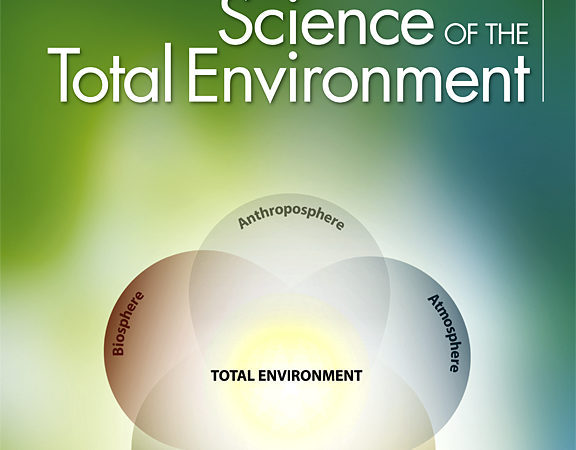
Abstract
In Colombia, the beef production chain accounts for approximately 11.6 million cattle heads and annually produces 933 million kg of the beef carcass. There are no life cycle assessment (LCA) studies that have evaluated the environmental performance of Colombian beef systems. The present study aimed to estimate the carbon footprint (CF), non-renewable energy use, and land use of 251 cow-calf and 275 fattening farms in Colombia. The study also aimed to identify the main hotspots of adverse environmental impacts and propose possible mitigation options and their cost-effectiveness. The impact categories were estimated using the 2006 IPCC and the 2019 Refinement to 2006 IPCC guidelines, databases, and locally estimated emission factors. The functional units used were 1 kg fat and protein corrected milk (FPCM) and 1 kg live weight gain (LWG), leaving the farm gate. Three methods of allocating environmental burdens to meat and milk products were applied: economic, energy, and mass allocation. The adoption of improved pastures was considered a mitigation measure, and an economic assessment was performed to estimate the relative cost-effectiveness of its establishment. A principal component multivariate analysis and a Hierarchical Clustering on Principal Components were performed. The economic allocation method assigned a greater environmental burden to meat (83%), followed by energy content (80%) and mass production (73%). The largest sources of GHG emissions were enteric fermentation and manure deposited on pasture. Both cow-calf and fattening systems had a cluster of farms with better productivity, pasture and cattle management practices, and environmental performance. The CF for meat could be reduced by 33 to 56% for cow-calf and 21 to 25% for fattening farms, by adopting improved pastures. Therefore, our results suggest that GHG emissions can be reduced by adopting improved pastures, better agricultural management practices, efficient fertilizer usage, using the optimal stocking rate, and increasing productivity.








